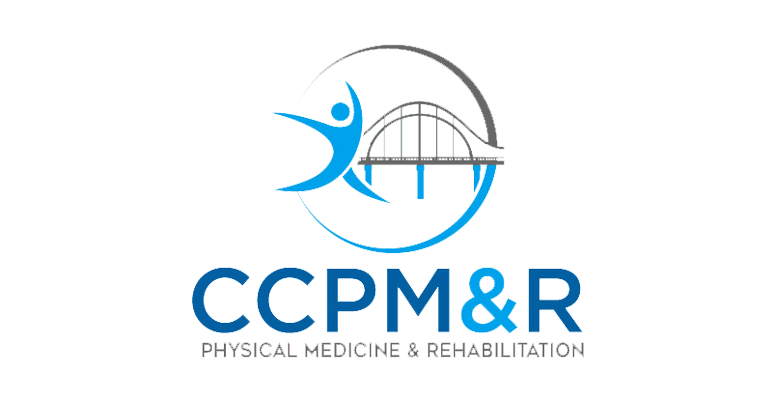Osteopathic Medicine with Osteopathic Manual Techniques (OMT)
The goal of Osteopathic Medicine is to restore a person’s health by allowing one’s inner healing capabilities to be maximized. While medications, surgeries, and other treatments are used by American osteopathic physicians, Doctors of Osteopathy (DOs) have education and training in various manual techniques to reduce or repair structural deficits to optimize function and health that can reduce or cure symptoms.
What is Osteopathic Medicine with Osteopathic Manual Techniques (OMT)?
Osteopathic Medicine is a type of American medicine founded by Dr. A.T. Still in the late 1800s. It has an engineering approach, using knowledge of anatomy structure and physiology function as a clinical model to develop treatment plans for optimal health and well-being through an individualized and patient-centered focus.
Osteopathic manipulation or Osteopathic Manual Techniques (OMT) are various techniques to alter abnormal body structures causing symptoms, which guide the human body towards improved function and overall health. They can promote further healing as conditions allow. The techniques can be gentle or more vigorous, depending on what the body calls for to get the affected areas to release their dysfunctions.
Who Benefits from Osteopathic Medicine and OMT?
Anyone benefits from this as the focus is not on the disease, illness, or injury, but on optimizing the person’s health and inherent ability to heal itself.
Osteopathic Manual Techniques Primarily Used
- Fascial Distortion Model (FDM)
A way of describing soft tissue symptomatic conditions that people suffer from. It relies on how people describe and gesture their symptoms for diagnosis through FDM. It requires the physician to closely listen and observe the patient with their symptom pattern in order to determine their condition and devise a specific individualized treatment plan.
- Stiles Functional Release technique
This osteopathic technique was taught to me by Dr. Edward Stiles, DO, and comes from his time with Dr. George Laughlin, DO, a grandson of Dr. AT Still, the founder of American Osteopathic Medicine. This technique adds a dynamic component to assessing a person’s symptoms (how motion causes their symptoms). The knowledge from the assessment is used to devise a treatment plan for a more effective and longer-lasting benefit.
- Craniosacral technique
Will assess the inherent slow pulsation motion of the bones of the skull through the formation and flow of cerebrospinal fluid by the choroid plexus. Abnormalities noted can be treated through gentle but powerful techniques in reducing symptoms in the head, lower back, and elsewhere.
- Stiles cranial suture technique
Dr. Stiles cultivated distinct craniosacral techniques that have been effective from his own clinical experience applying the tensegrity model for manual treatment of many conditions. These are also gentle powerful techniques in reducing symptoms local in the head, and distal to the lower back and elsewhere
Four Quad Cities Locations
Visit one of our Eastern Iowa or Western Illinois offices in Rock Island, Moline, DeWitt, or Coralville (near Iowa City).

